
Sustainability – from grape to glass
From grape sunscreen to compost tea: Cathy Gadd is exploring examples of how protecting our natural resources helps Hunter Valley wineries make the exceptional wines the region is renowned for.
Climate in the Hunter with its humidity and seasonal summer rain is challenging for grape growing at the best of times. The impact of changes in climate have been a lived reality for vignerons who see first-hand the increasingly devastating impact of prolonged droughts, of bushfires, floods and hailstorms on their vines, their businesses and the industry overall. However, the wine industry also has a long history of resilience and adapting to change.
The viticulturist’s perspective
The Hunter Valley’s highly respected viticulturist Liz Riley is the perfect person to help unravel this multi-faceted topic and she is quick to point out that, “Managing climate change is just one part of sustainability. “There is also financial, human resource and operational sustainability. After all, it’s hard to be green if you’re in the red,” she quips.
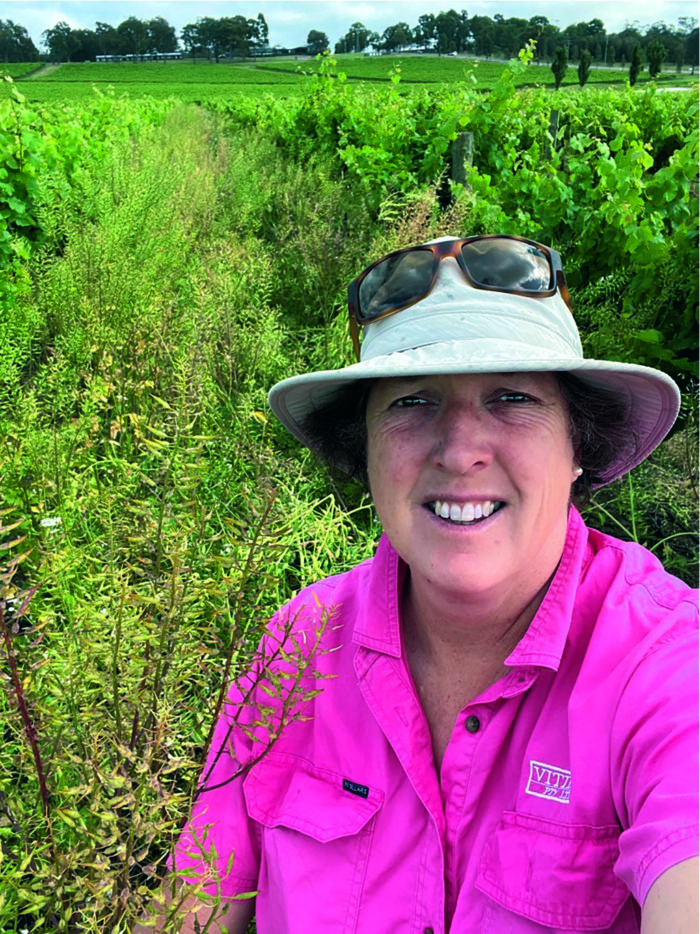
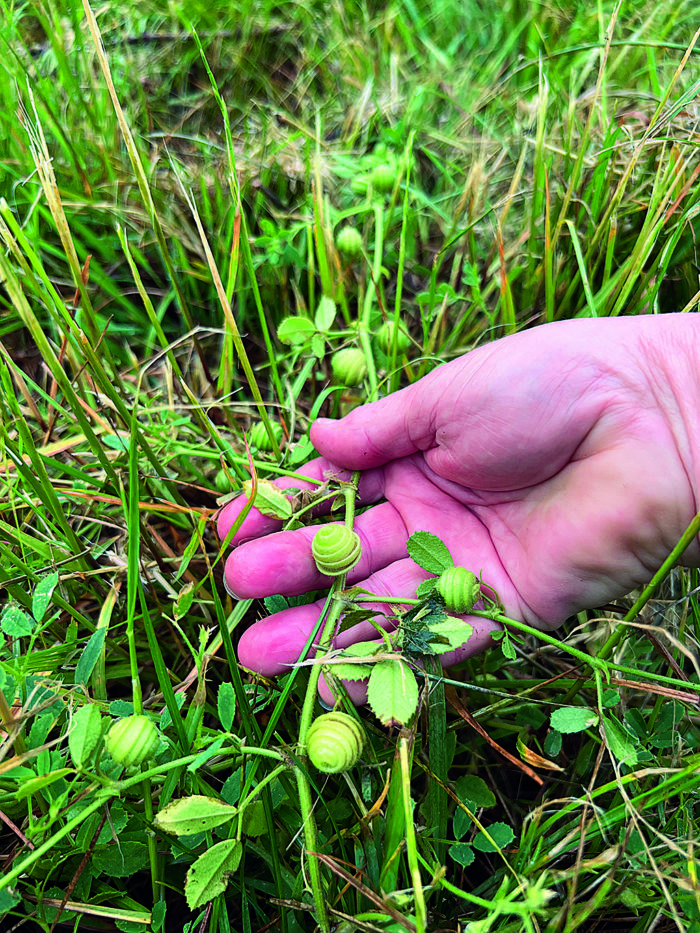
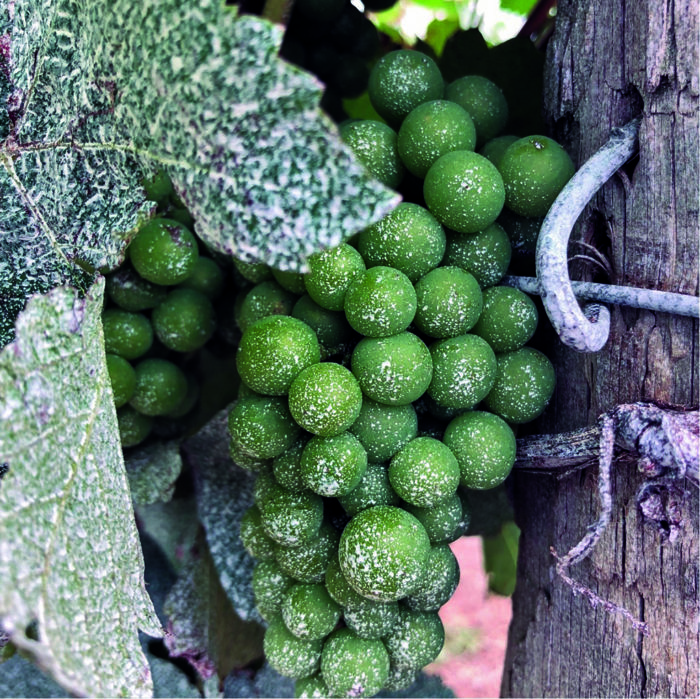
“We work to manage the vineyard ecosystem, to make it more resilient and sustainable which means constantly adapting. We watch what’s happening in the vineyard and then react the best way we can.” Aiming to use a light touch, she’s also a pragmatist. “It’s often a trade-off between making progress and perfection,” she says.
Liz speaks passionately about building a toolkit to manage the “seesaw” of climate extremes, both between and within seasons.
Slip, slop, slap
She has introduced the use of ‘grape sunscreen’ to the region during the drought years from 2014, a practice that has now been widely adopted. Grape sunburn or shrivelling can occur following hot weather. Particularly for white varieties such as Semillon, sun damage negatively affects wine quality. The organic ‘sunscreen’ is a solution made from ground-up kaolin clay that is sprayed onto fruit, protecting it from the extreme Hunter summer heat as well as protecting the vine leaves and canopy.
In the vineyard, under-vine plantings and mid-row crops reduce weeds, boost biodiversity and improve the health of the soil overall. “We plant grasses mid row and let them seed. That creates a self-perpetuating system and reduces tractor use which saves energy. It’s a big mindset shift as people have been used to seeing perfectly manicured vineyards, whereas ‘scruffy’ is the new norm,” Liz explains.
She talks about using smart technology like real-time soil moisture monitoring equipment. Taking into account factors like how wet or dry the soils are, their rate of water use and the growth stage of vines, helps her minimise the use of water and energy. Variable speed pumps are used to irrigate only the parts of the vineyard that need it.
With vintage commencing during the heat of January, Liz explains, “When you machine-harvest at night, it’s 15 degrees, not 40 degrees. The fruit is in better condition, and you need less energy to chill the grapes.”
For this highly regarded viticulturist, the next major innovation to future-proof our wine industry is the development of disease resistant grape vines.
Linking past and future
Margan Wines have been regional pioneers in sustainability. With a growing awareness of 30,000 years of First Nation’s history, they embarked on this journey nearly 15 years ago. “As custodians, we felt responsible to do no harm to the land and to enable it to be passed on to future generations. So we started investing in regenerative farming practices,” Lisa Margan reflects.
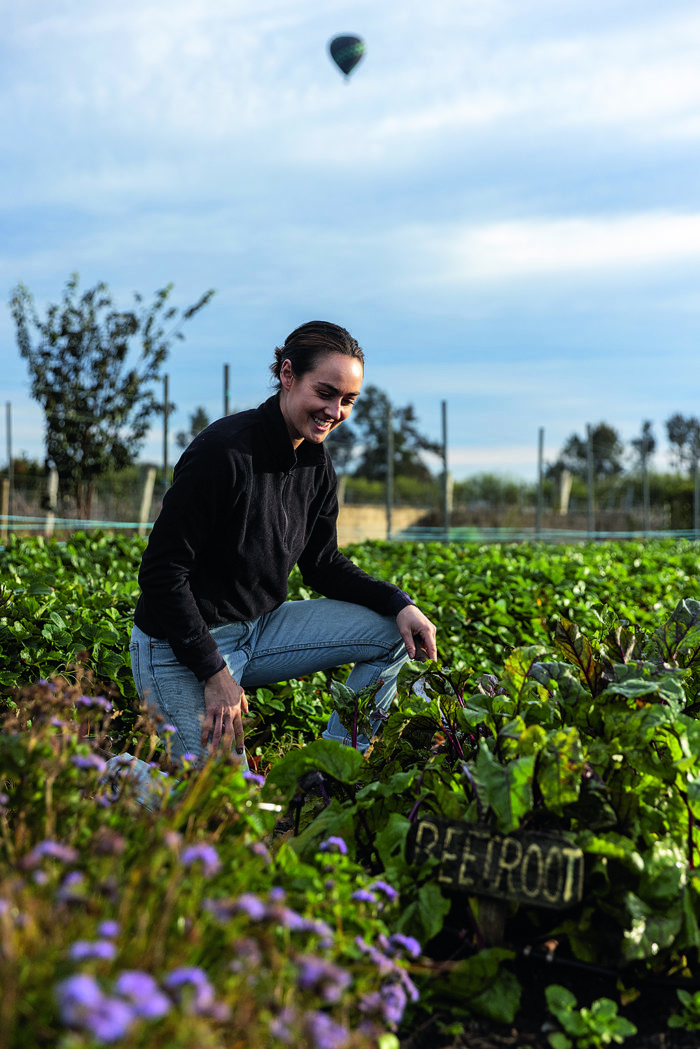
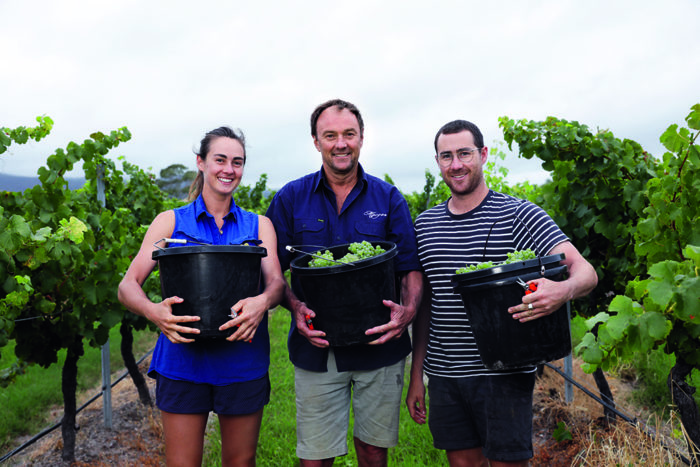
In 2010, Margan developed an Environmental Management Plan (EMP), a detailed strategy to measure and reduce emissions. Three years later, they were the first in the Hunter to achieve sustainable farming certfication under the Entwine program, which is endorsed by Freshcare and the Winemakers’ Federation of Australia and benchmarks environmental stewardship against international best practices.
“It was incredibly daunting, hard and expensive. There were times when we felt like giving up.
“Documenting processes across all parts of the business, implementing new compliance systems and then training up staff. It wasn’t intuitive, it meant a big mindset shift and re-learning how to do everything,” Lisa admits.
Yet the results speak for themselves. With 100 hectares under vine, Margan Wines have achieved a significant reduction in the use of pesticides, weedicides and fertilisers.
Without access to town water, they always had to be self-sufficient and the whole business is run on rainwater with grey water being recycled. On a sunny day, solar panels provide all the power they need. Rather than merely offsetting their carbon footprint, Margan are now focused on becoming carbon-negative at the source of emissions by planting 400 native trees and shrubs on local riverbanks and around the vineyards, creating a permanent habitat for beneficial insects.
Read more in our Autumn Edition of Hunter & Coastal Lifestyle Magazine or subscribe here.
Photography courtesy of wineries, by Guy Dixon and Chris Elfes

